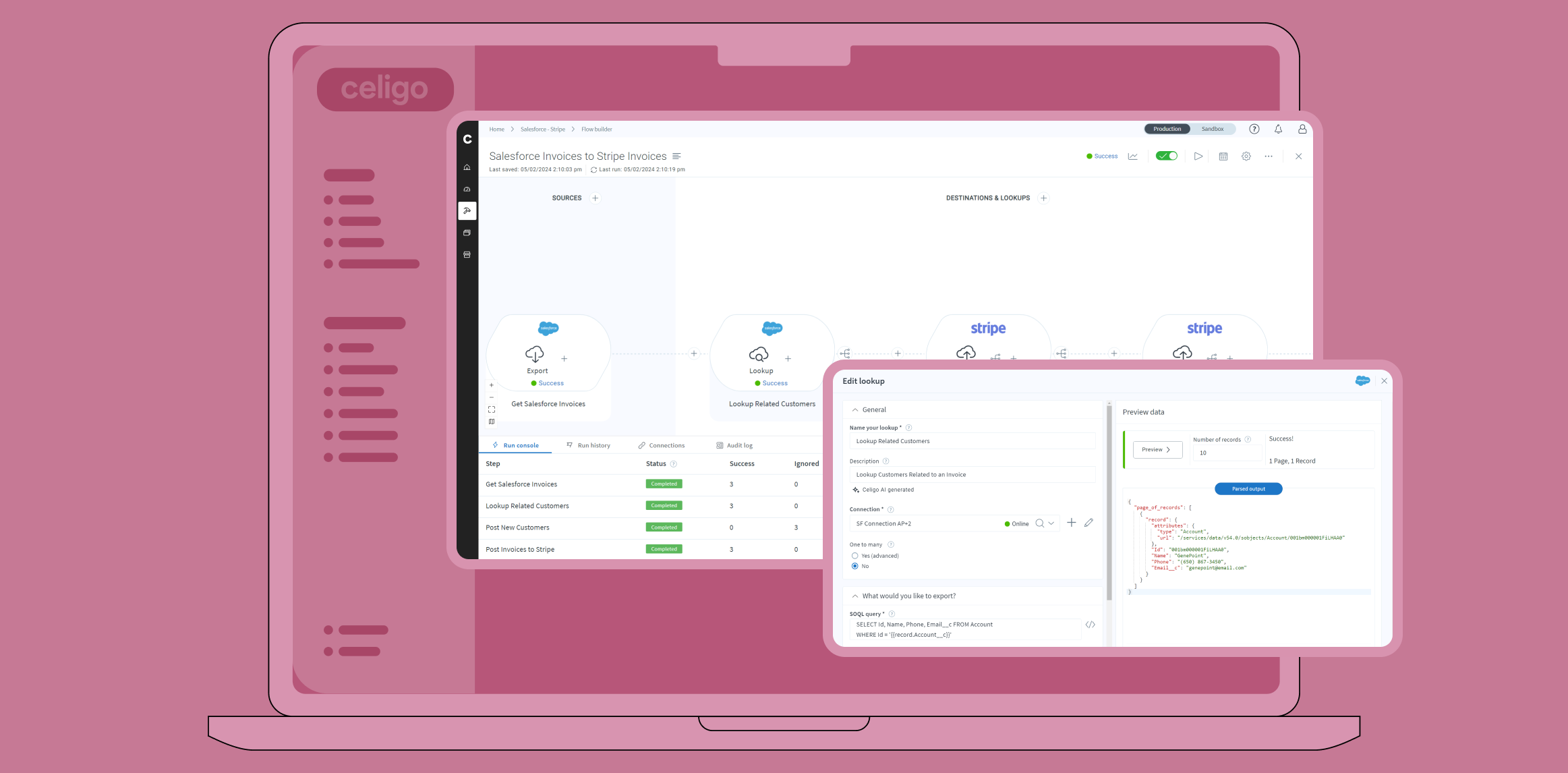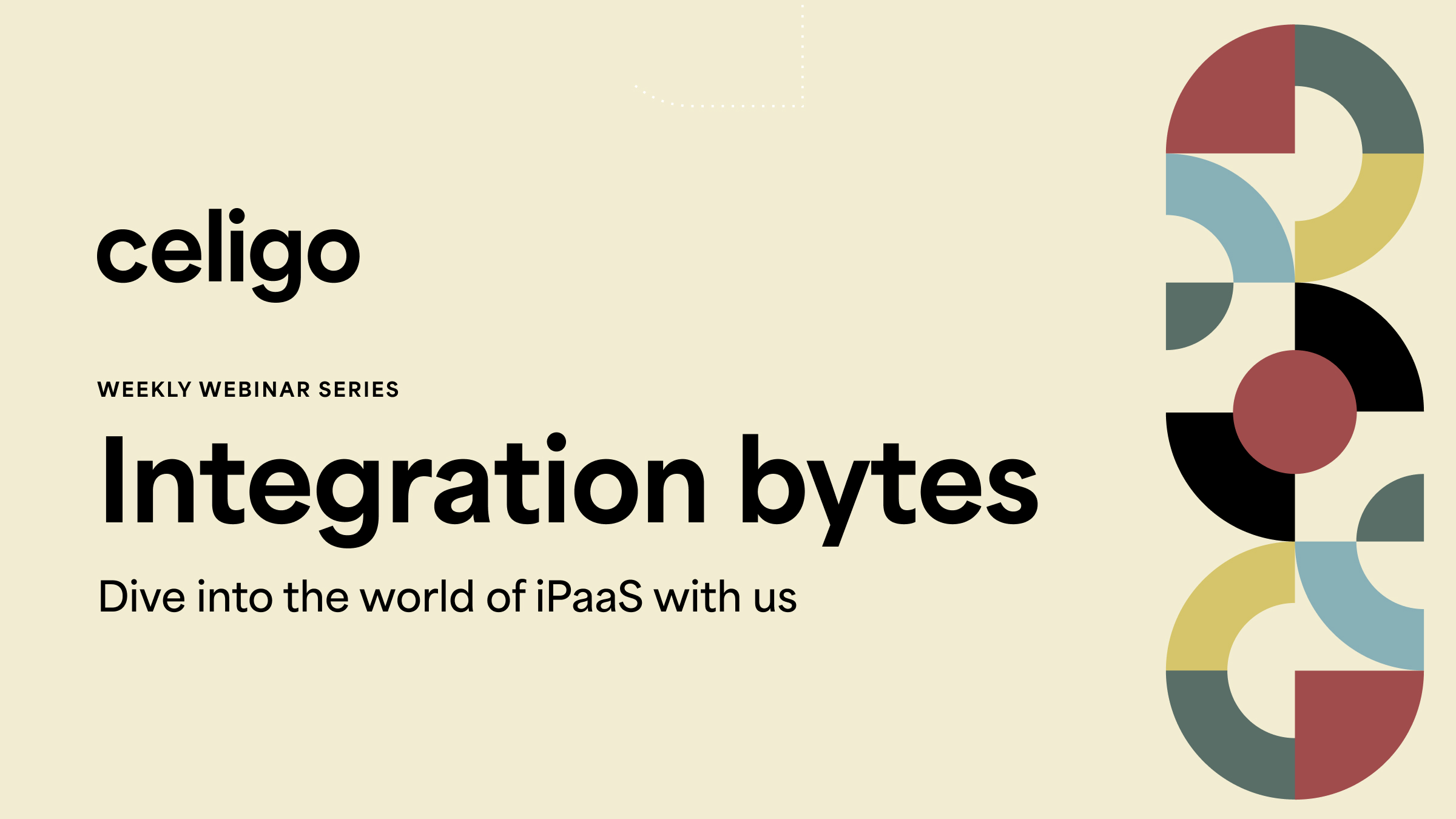Published Apr 15, 2024
The journey of enterprise digital transformation: Key steps for success

- Digital transformation requires a measured approach for long-term success.
- Sustainable digital transformation starts with modernizing current processes.
- Modernizing your people, processes, and technology is critical for success.
Digital transformation is a top priority for most business leaders today. In fact, according to Gartner, 91% of organizations are engaged in some form of digital initiative. Chances are you’ve been tasked with leading these efforts. Unfortunately, they are often poorly designed and overly ambitious–causing them to fail.
The good news is enterprise digital transformation doesn’t have to be this way. The key to reducing risk and accelerating sustainable enterprise digital transformation is a measured approach focused on modernizing more than just technology.
Let’s dive into why executing an enterprise digital transformation strategy can be so difficult, how to manage the scope of your strategy, and how to modernize your business from top to bottom.
Executing your enterprise digital transformation strategy
Whether or not you play a significant role in crafting your organization’s digital transformation strategy, you will most likely be responsible for executing it. This can be challenging. Research published by Boston Consulting Group asserts that while 94% of enterprise companies have big aspirations to deliver substantial and rapid impact from digital transformation, more than 70% of these projects fail to achieve their objectives.
To make sure you’re part of the successful 30%, you first need to understand why the failure rate is so high. Didier Bonnet, a leading expert on the subject, identified three reasons: lack of a strong digital transformation strategy, poor execution, and an unrealistic scope and pace. The key to successful enterprise digital transformation is to set yourself up for success long term rather than trying to execute on large initiatives quickly.
Managing scope
Building a strong foundation for future efforts is critical to achieving sustainable digital transformation. Bonnet recommends breaking down enterprise digital transformation into three stages: modernization, enterprise-wide transformation, and new business creation.
Start by simplifying and digitizing your existing processes and functions. Once you’ve done that, you can tackle complex cross-value chain efforts like automating your quote-to-cash process. Lastly, you can leverage improvements in operations to increase revenue from existing channels or to create new revenue sources.
So you know you need to start with modernization, but where can you have the greatest impact? You need to determine which business processes will free up the most resources and which processes must be modernized to support a scalable infrastructure for larger projects. To do so, you need to evaluate three key areas of your business: people, processes, and technology.
People, processes, and technology
People, processes, and technology are vital to successful transformation and management. Each component must be balanced and aligned, which is why they are often referred to as “the golden triangle.”
Let’s explore each element, and unpack how you can ensure they are balanced throughout the enterprise digital transformation process.
People modernization: Enabling business technologists
Most change efforts concentrate on technology and processes without considering the people impacted. This can be a huge miss, and ultimately, cause your initiatives to fail. Your teams need to buy into your initiatives, so they can help you perform automation tasks and make better decisions regarding modernization. Rather than working against your teams, you can leverage them for added success.
This is especially true since more digital natives are entering the workforce, and older workers have adapted to remain relevant amidst remote work and new technologies. The work environment is primed for digital transformation, and you can empower your most digitally adept employees, also known as business technologists, to configure their own analytics, process automation, or solutions.
Partnering with these business technologists is crucial to executing enterprise digital transformation strategies effectively, especially in organizations that can’t dedicate IT resources to enterprise digital transformation projects. To meet their needs, you must provide tools that enable DIY ingenuity, experimentation, and innovation. However, this must be balanced with proper controls to maintain security, compliance, and effective operations.
Process modernization: A new model for IT
To further align people with process modernization efforts, many IT organizations are adopting a federated IT model. This model addresses common problems with traditional, centralized models and decentralized models. While centralized models ensure governance, they create bottlenecks that limit automation and innovation. On the other hand, decentralized models maximize agility, but have higher security and compliance risks.
In a federated model, IT transitions from delivering process automation and integrations to enabling business teams to implement and maintain them. IT still defines governance and security, helps coordinate functions, and provides guidance, but business technologists can more freely innovate. They are empowered to automate processes and modify them without IT. This frees up time for your team to focus on more complex enterprise digital transformation projects. Overall, this gives your business greater agility and increases your capacity for digital transformation.
Technology modernization: Integration platforms
The key to effective technology modernization is creating a strong foundation to execute your enterprise digital transformation on top of. Leveraging a modern, cloud-native iPaaS (Integration Platform as a Service) is the best option to integrate your technologies. With a modern iPaaS, you can automate business processes and create unified customer experiences, and empowers business teams to obtain real-time, aggregate data from multiple sources.
A traditional iPaaS can provide you with some of these benefits, but the solutions are more limited because they are designed solely for IT users. Modern iPaaS enables business technologists as well as IT, so you can address integration problems across the enterprise while also driving automation and improved data quality.
How to get started
Executing enterprise digital transformation is hard, but with the right tools and strategy in place, you can make an impact on your organization. Dive deeper into the roles and responsibilities of both business and IT leaders, and build a step-by-step automation plan with our eBook, “Mobilizing for Innovation: A Blueprint for Rapid Automation Across the Enterprise.”
The Celigo platform is the ideal solution for organizations that want to leverage a federated model to accelerate automation across the enterprise. If you’re ready to jump in today, explore Celigo’s iPaaS with a free trial, or contact us to talk to an integration expert.




